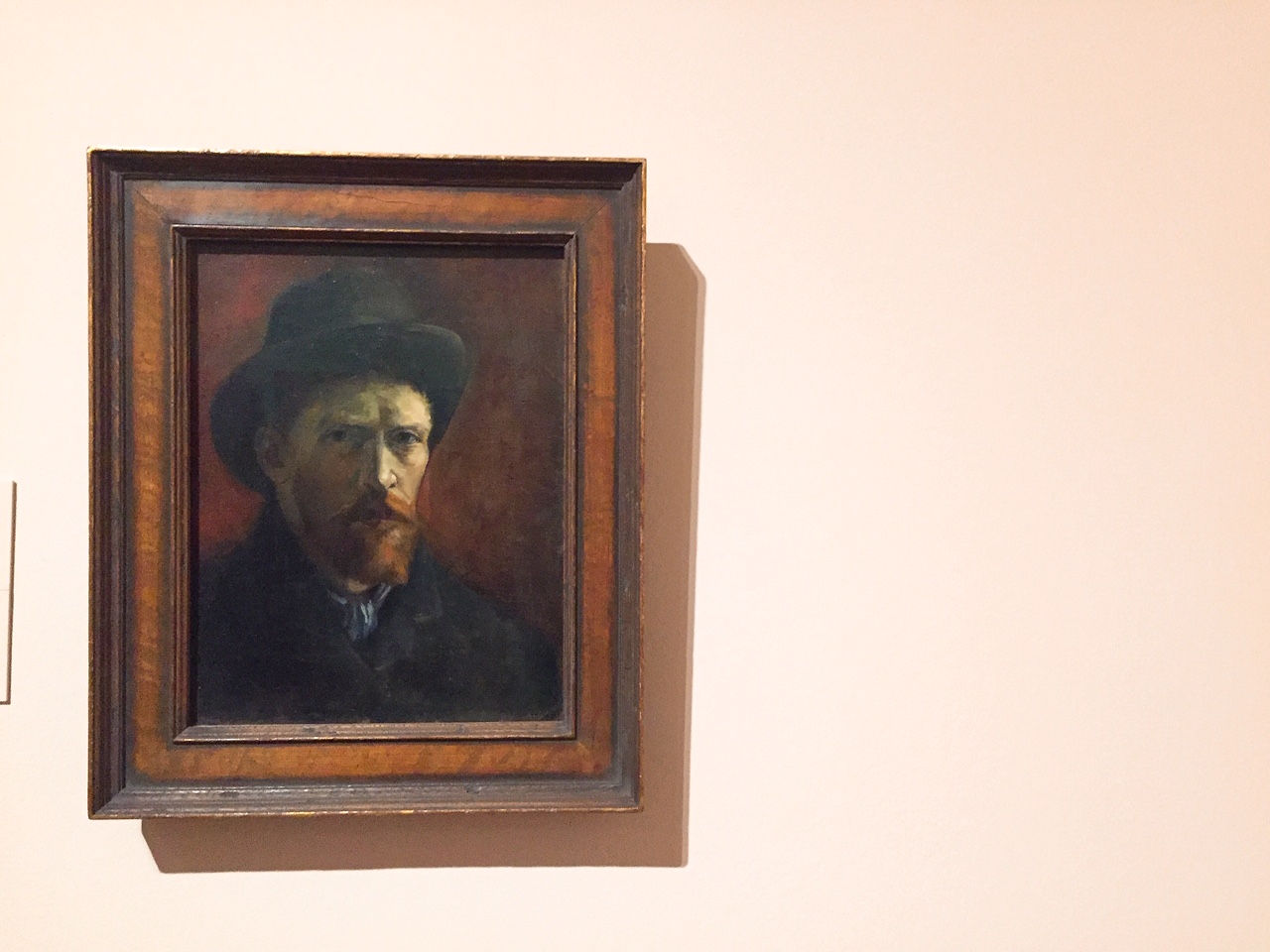Van Gogh and Britain

Van Gogh was only 20 when he arrived London. He knew four languages, including English, which he spoke and read well. Fun fact: he loved Dickens. Victorian novels were his inspiration for their ‘reality more real than reality’, the everyday life of peasants and the poor, the sorrow and hardship - Tate Britain opens the latest show that presents the largest collection of Van Gogh’s paintings in the UK for nearly a decade.
Van Gogh Self-portrait 1889. National Gallery of Art, Washington.
There are more than 50 works by Van Gogh in this show, including the beautiful Starry Night Over the Rhône from the Musée d’Orsay, the National Gallery’s Sunflowers, and several rare pieces and sketches never seen before that I’d say quite different to what we’d normally known about Van Gogh. The exhibition is in two parts, including the first looks of his experience in London, viewers are invited to see Britain through his sorrow eyes ; the second explores the impact of Van Gogh’s art on British artists, in turn see him through our eyes and the British artists he inspired.
Without further ado, I’m pretty sure there will be no persuasion needed for anyone in London to check out the show. So while some of you may make beeline directly to the' ‘Sunflowers’, thought we’d highlight just a few rare pieces and our favourites - make sure you won’t miss them!
Van Gogh, Still Life, Basket of Apples. 1887. Saint Louis Art Museum.
The above still life draws our attention as it reminds us of one of Cezanne’s apple still life. A few may not know, but Van Gogh admired Cezanne’s paintings and have mentioned quite a few times in his letters to his brother. It’s interesting how two post-impressionists approach similar theme in a very different way - Cezanne’s balance and control of his portrayal of stillness, versus Van Gogh’s spontaneous and bold exaggerations of stillness. Cezanne wanted to paint what he believed was true vision with nature as a model; Van Gogh wanted to express his true feelings through the study of nature.
Van Gogh. Still life with plaster statuette. 1887. Kroller Muller Museum, Otterlo, The Netherlands.
By first glance, you probably don’t noticed it was by the hands of Van Gogh’s, there were no angry brushstrokes, no shivering harvest fields and flaming trees.. Every colour palette in here is a kind of gratitude and harmony.
Van Gogh. Self-portrait with Felt hat. 1886-1887. Van Gogh Museum, Amsterdam.
‘The brilliant and unhappy genius’ - they called him. The world as we know him, the stories we heard, the aggressive brushstrokes we saw and the hidden loneliness in his vibrant paintings, he is probably one of the most dramatic artists we know. We thought we’d close this blog with another self-portrait shown at the show, even though the execution was very different from the one above, there is one thing in common that can’t help but draw you in after centuries and centuries - the sorrow eyes. Can you feel it?
Van Gogh and Britain
Tate Britain: Millbank, London, SW1P 4RG
27 Mar 19 – 11 Aug 19
Find out more here



